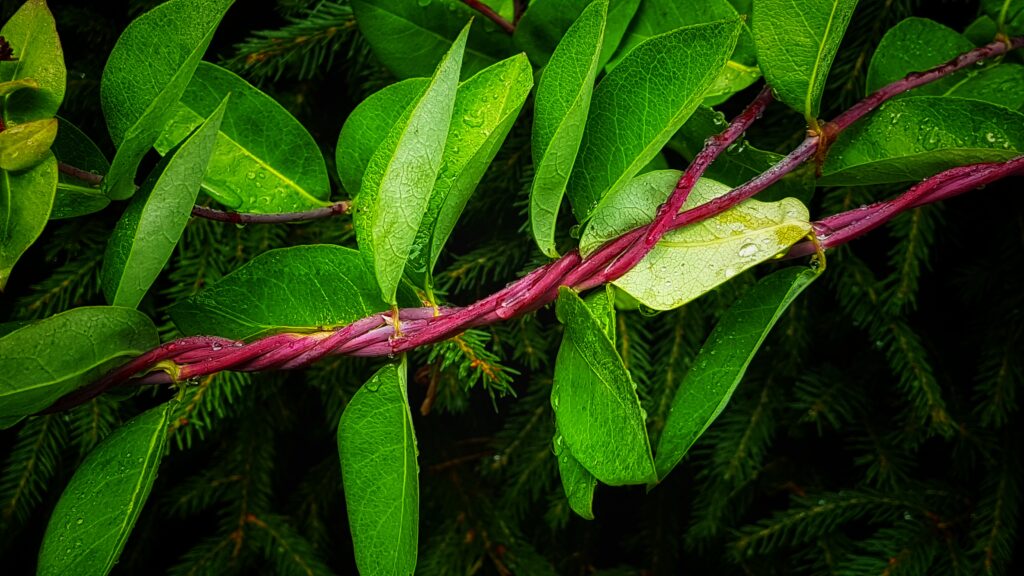Why Tropical Vines Elevate Your Indoor Jungle
Tropical vines bring a lively energy to indoor gardens, climbing and cascading in a way that mimics natural jungle scenes. When you properly prune and train tropical vines, you unlock their full potential, turning them into show-stopping focal points that draw the eye upward. From pothos to hoyas, many tropical vines thrive indoors with the right care and creative styling.
Choosing the Right Support for Tropical Vines
Before pruning, select a suitable support structure for your tropical vines. Options range from moss poles, which provide moisture to aerial roots, to trellises or simple wooden stakes. Hoya and philodendron vines enjoy coiling around these supports, fostering larger, healthier leaves. Secure new shoots with soft plant ties, ensuring they don’t snap under tension. For a more dramatic look, position multiple poles or grids so vines can travel across walls or windows.
Pruning Techniques to Promote Fuller Tropical Vines
Regular trims help tropical vines remain lush instead of leggy. Use sterilized shears to snip vines just above a leaf node, which encourages branching. Light pruning is enough to maintain shape, but if you want to spur significant new growth, you can trim back more aggressively. Always monitor the vine’s response—some species are more forgiving of heavy pruning than others. Proper timing is also helpful; pruning during active growth seasons generally leads to quicker recovery.

Training Tropical Vines for Vertical or Horizontal Displays
Tropical vines can climb vertically up poles or sprawl horizontally along shelves. If you prefer a vertical aesthetic, wrap the stems gently around supports, tying them loosely. For horizontal displays, guide the vines across hooks or small nails on the wall. Adjust the direction of growth by nudging new shoots toward desired paths, checking every week or two for new offshoots that might need fastening.
Light, Water, and Feeding for Robust Tropical Vines
Vibrant tropical vines typically enjoy bright, indirect light, though some varieties handle lower-light rooms. If you notice excessive stem elongation or pale leaves, increase the vine’s exposure or incorporate a grow light. Water thoroughly, letting excess drain away, and wait until the top inch of soil dries before the next watering. Overwatering can cause yellow leaves or root issues, so strike a balance that suits your vine’s moisture preference. Fertilizing every few weeks during growth season supports dense foliage and healthy stems.
Preventing Pests in Dense Vine Growth
Close clusters of leaves and stems can trap humidity, creating a perfect environment for pests like mealybugs or spider mites. Check leaf undersides and new growth regularly. If you spot early signs of infestation, isolate the plant and apply treatments such as insecticidal soap or neem oil. Good air circulation—perhaps with a low-speed fan—keeps foliage dry and discourages pests.
Encouraging Mature Leaves on Climbing Tropical Vines
Many tropical vines produce more mature, larger leaves once they latch onto a vertical support. Monstera adansonii or certain philodendrons may form leaf fenestrations when climbing properly. Wrapping aerial roots around a moss pole enables them to absorb additional moisture, mimicking the vine’s natural rainforest environment. Over time, you’ll see pronounced changes in leaf size and shape, reflecting the vine’s progression into mature growth stages.
Combining Vines with Other Tropical Plants
Mixing tropical vines among upright species or sprawling ferns enhances visual diversity. As your vines climb, they form a lush backdrop, while shorter plants flourish below. This multi-layered effect makes an indoor jungle feel authentic, reminding you of rainforest stratification. Experiment with contrasting leaf shapes—pair narrow, elongated vines with broad, flat-leafed plants for a more dynamic scene.
When trimmed and trained, tropical vines can become one of the most dramatic features in your home. By carefully selecting supports, pruning for fullness, and providing proper light and watering, you steer these climbing companions into gorgeous architectural accents. Over time, your vines will repay the effort with lush, trailing growth, bold leaf shapes, and a sense of untamed nature that heightens the appeal of any indoor space.




